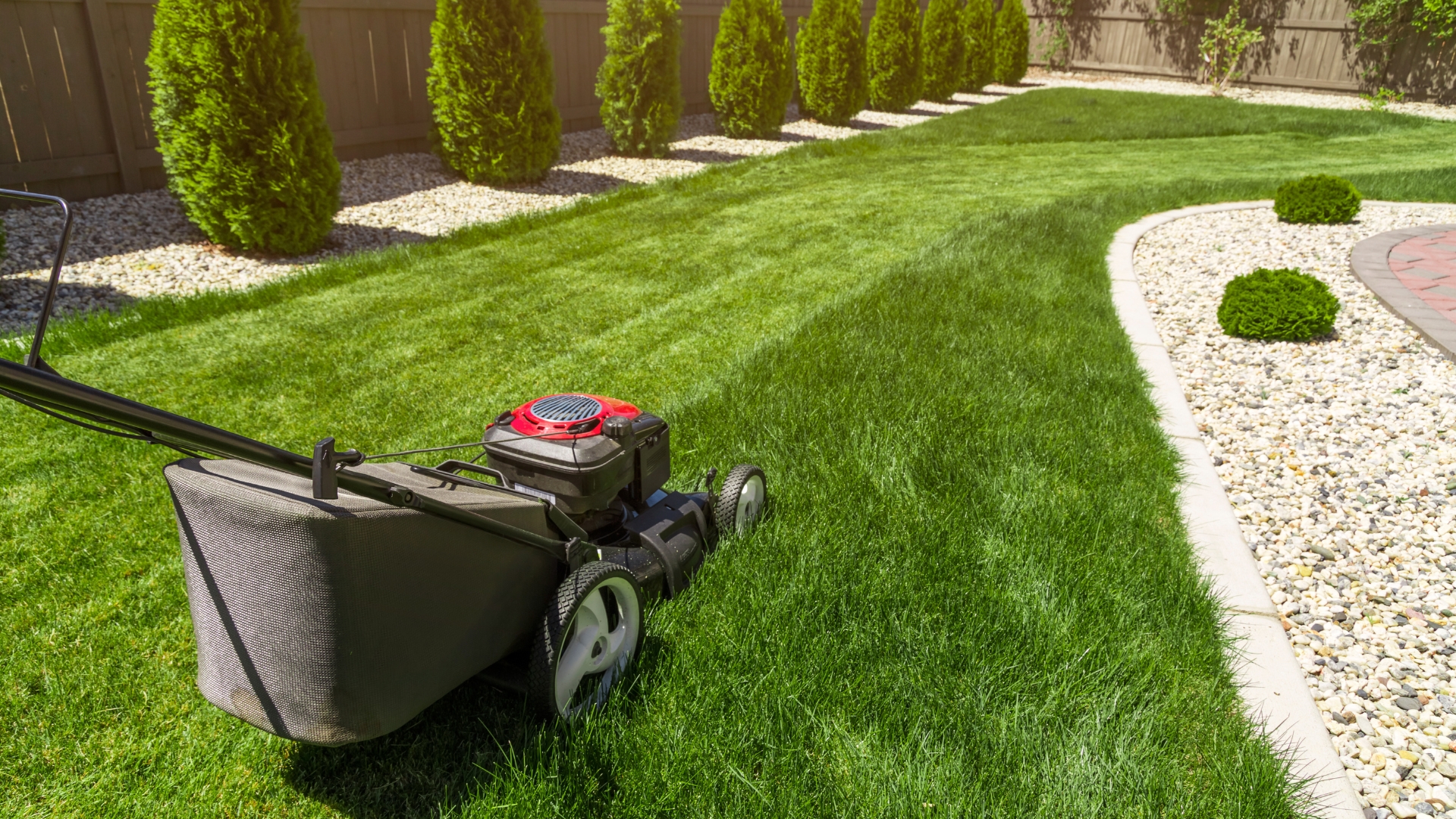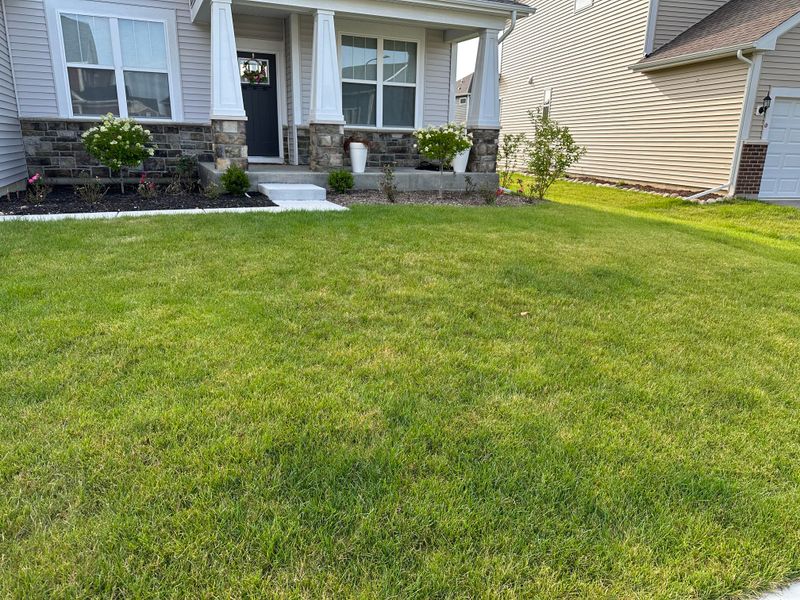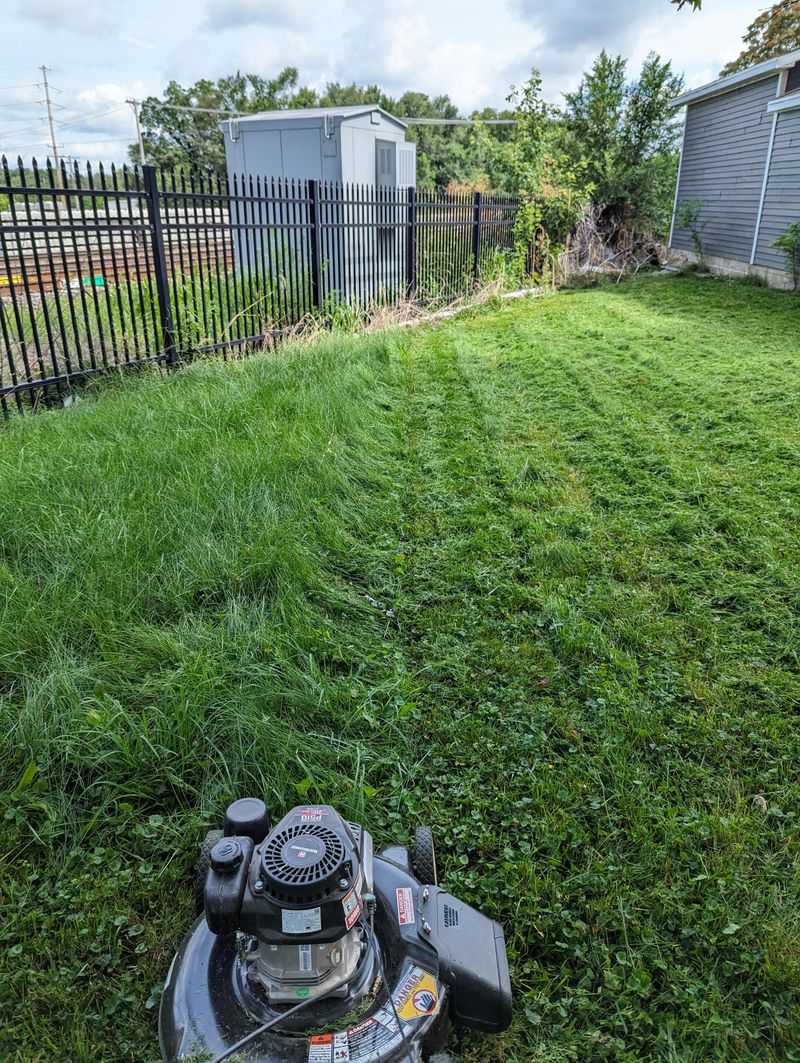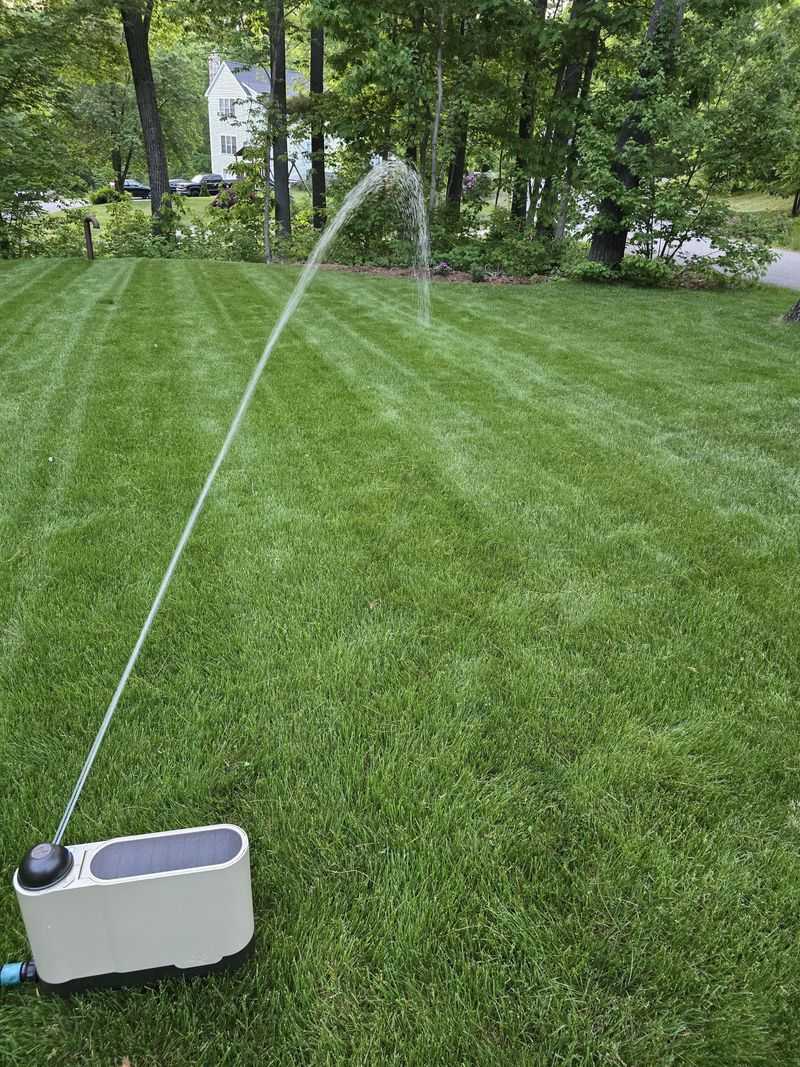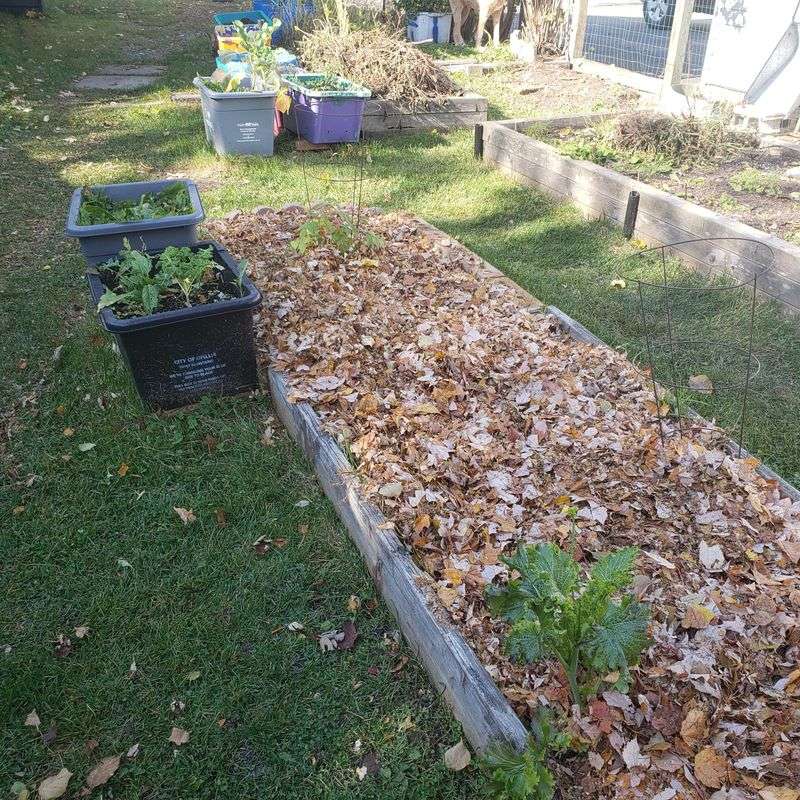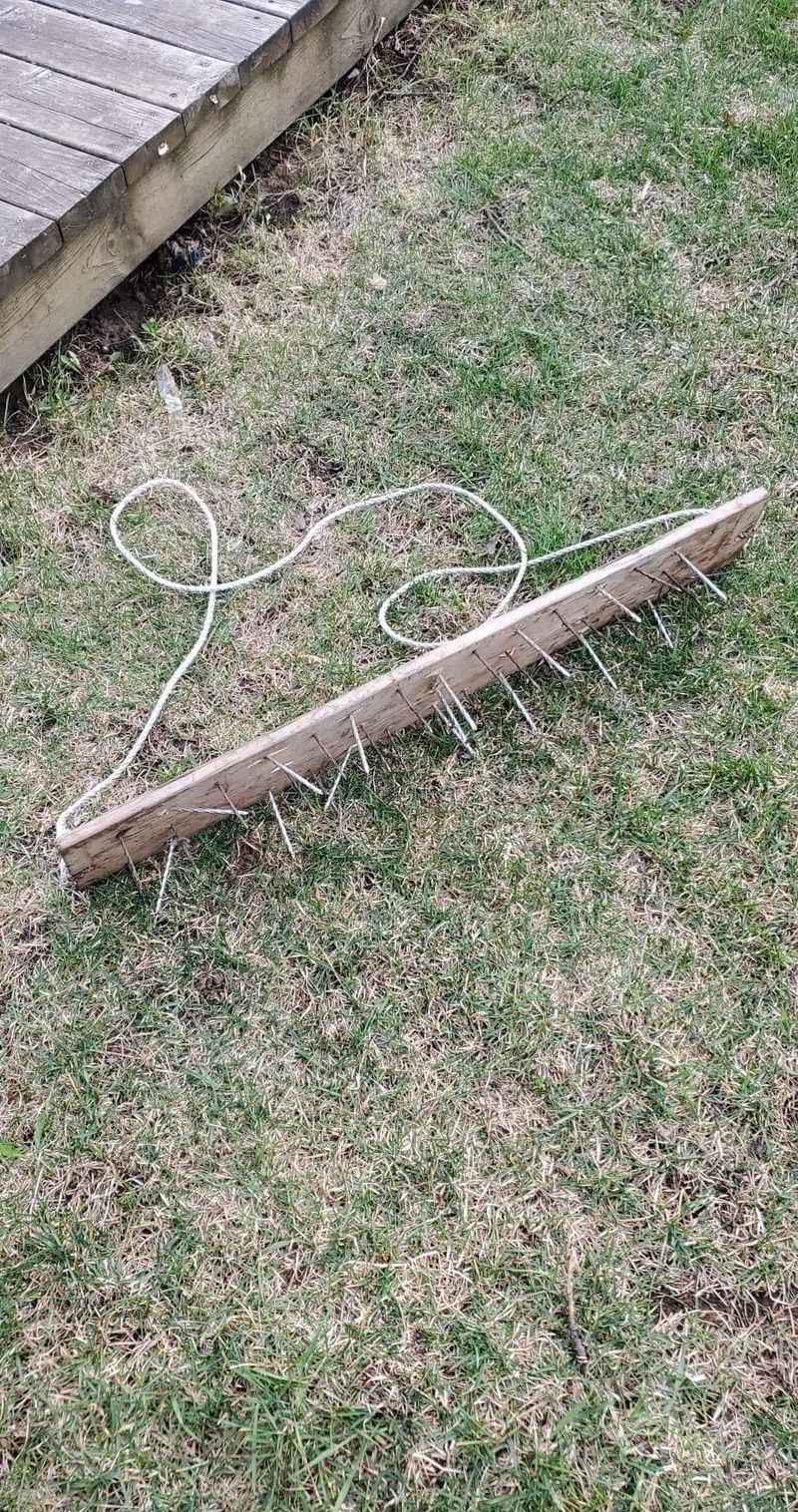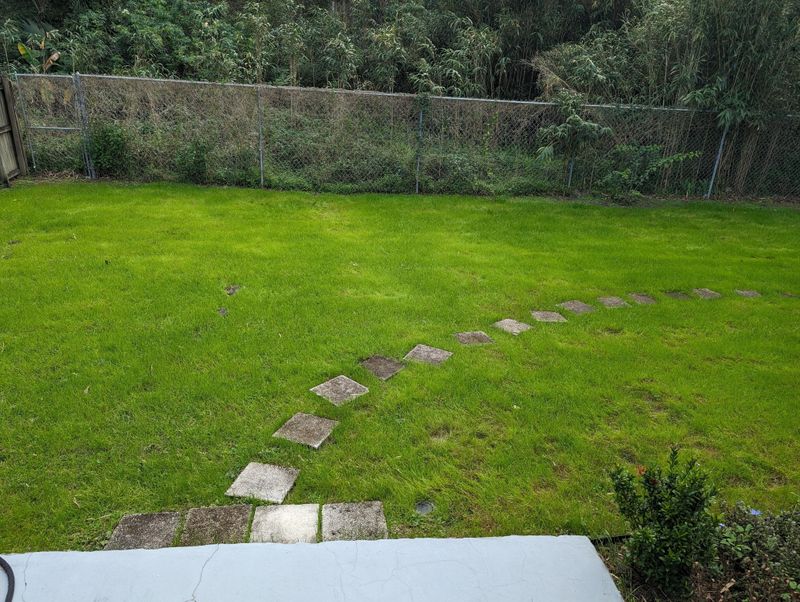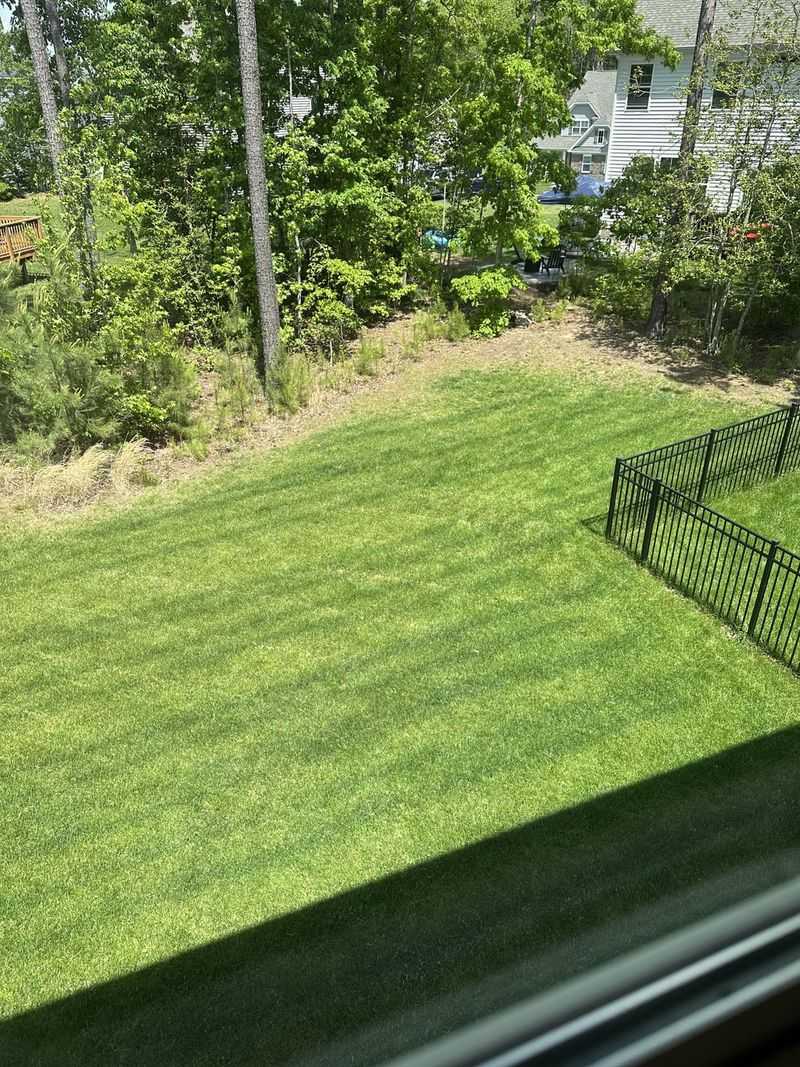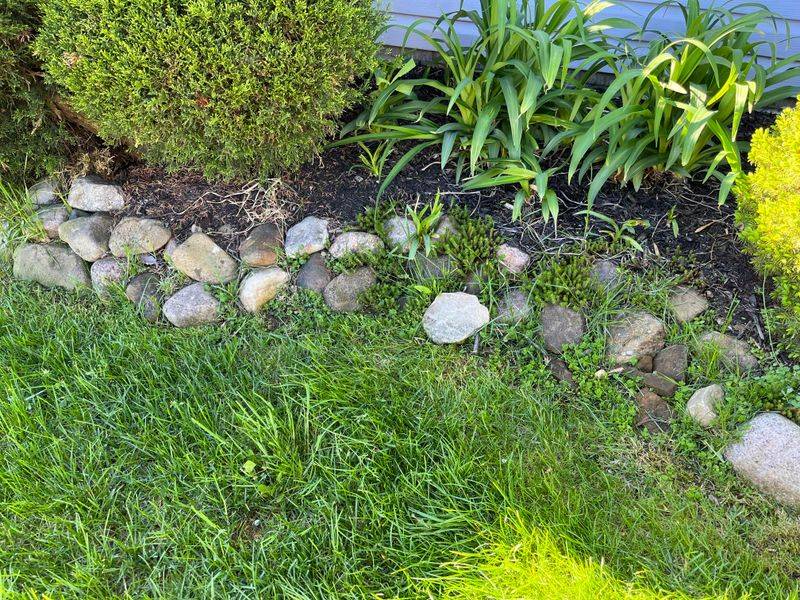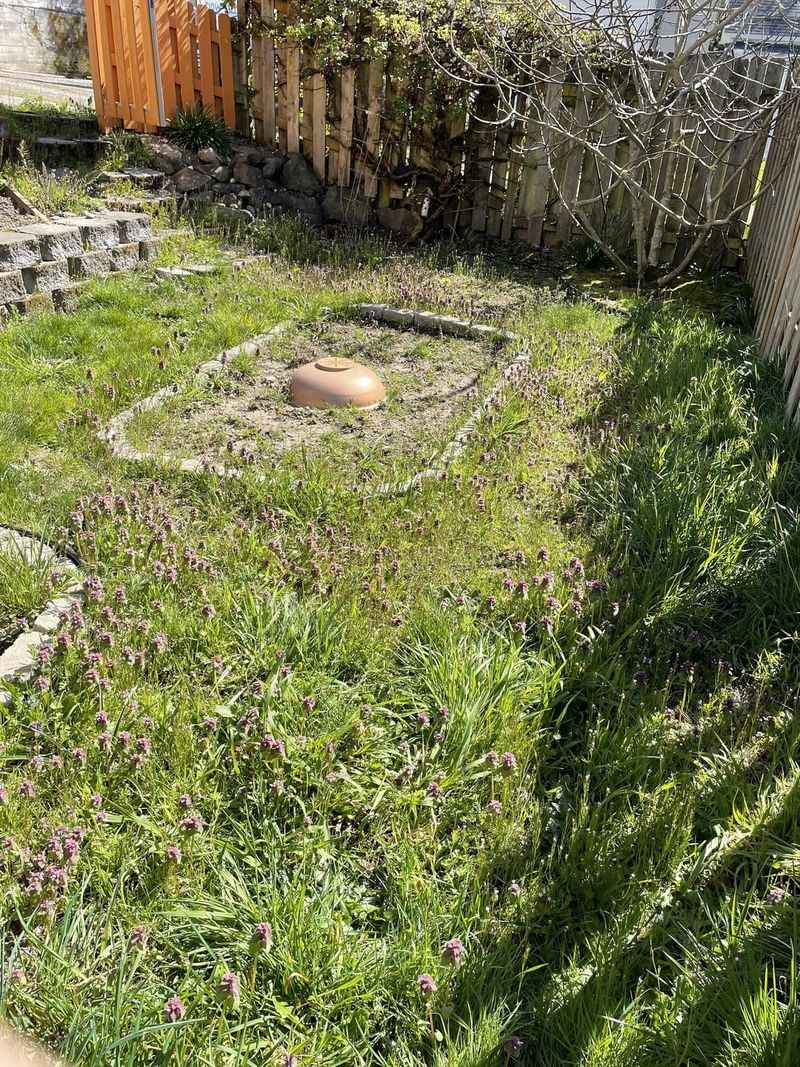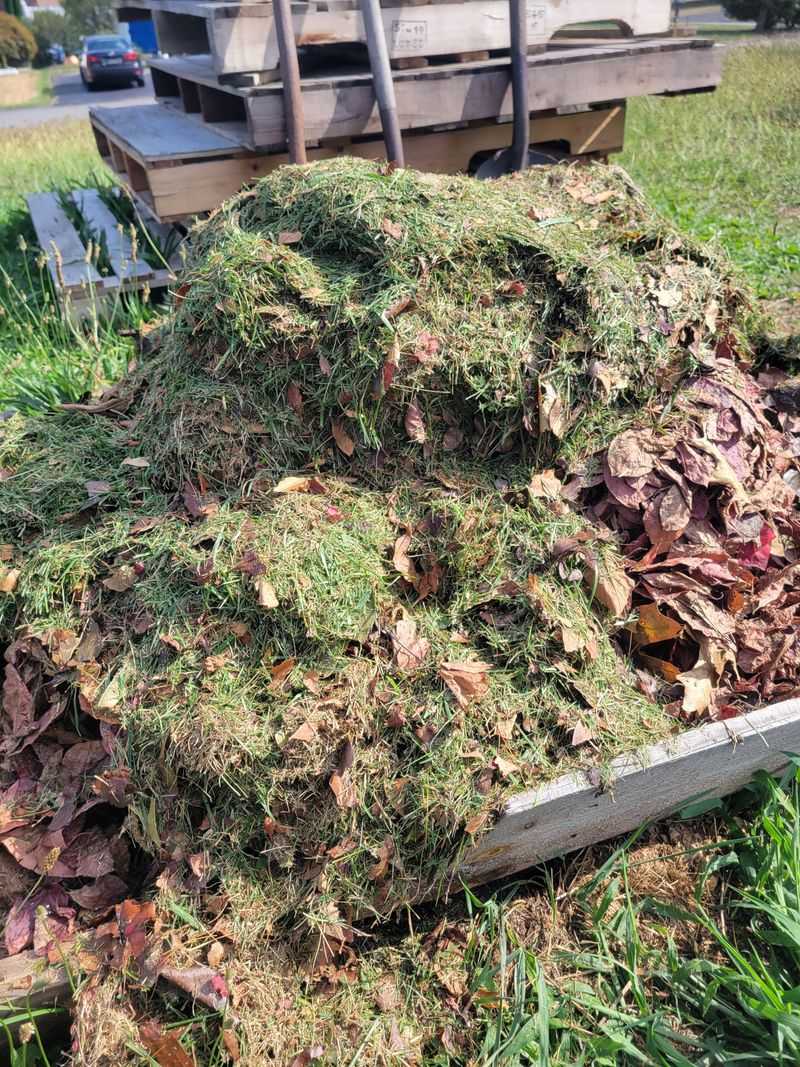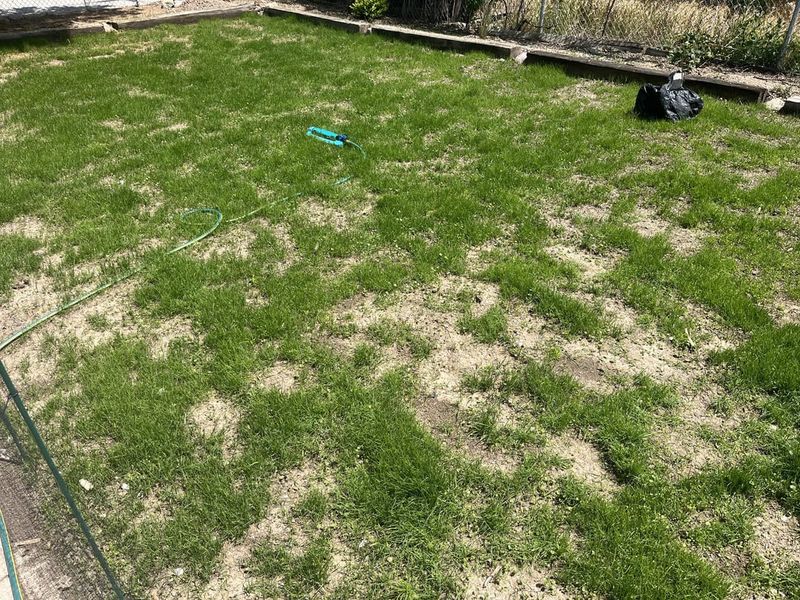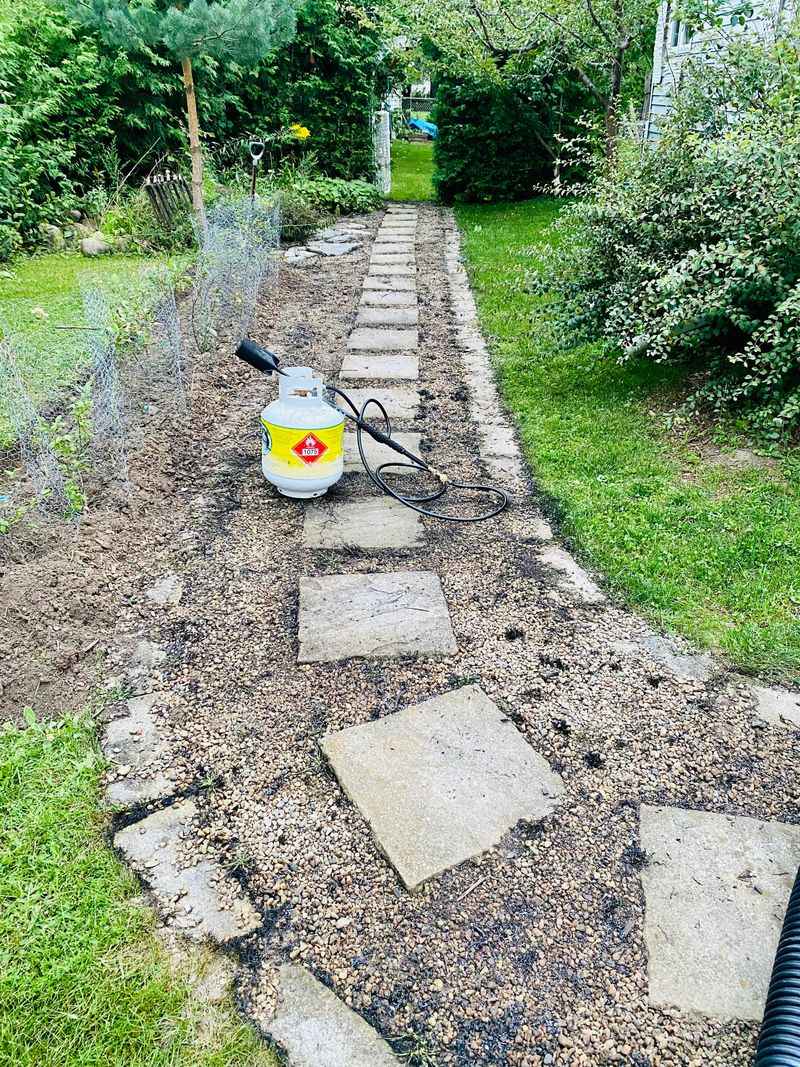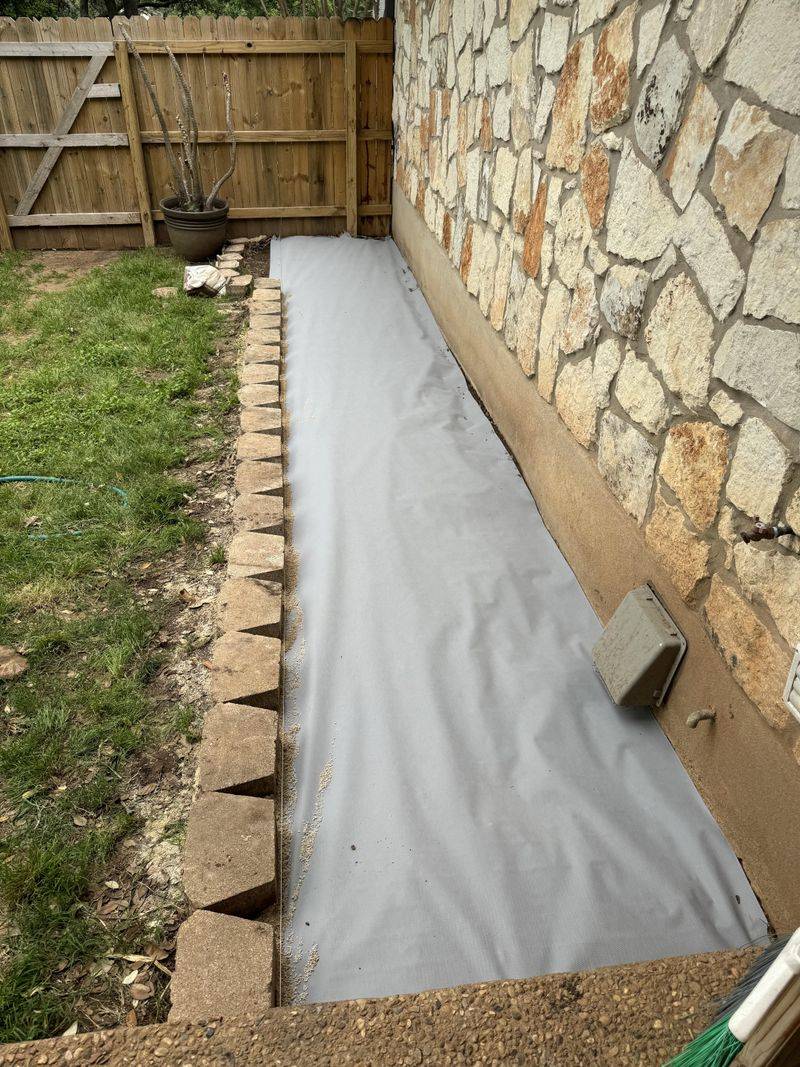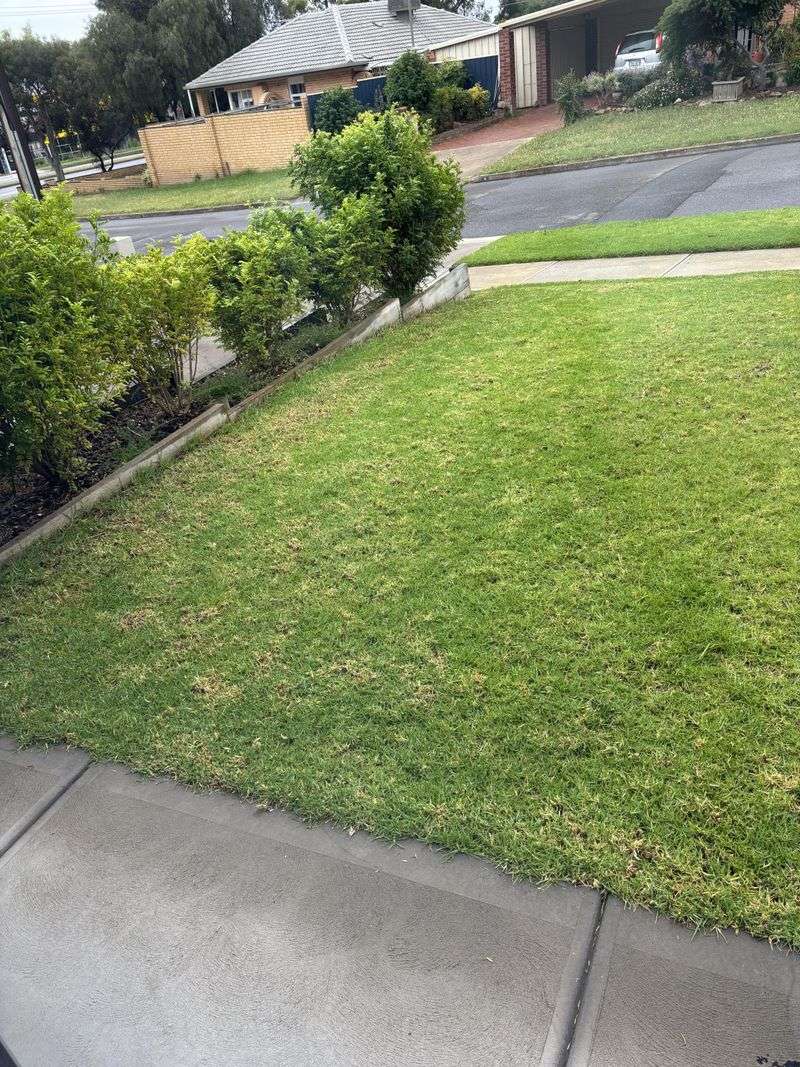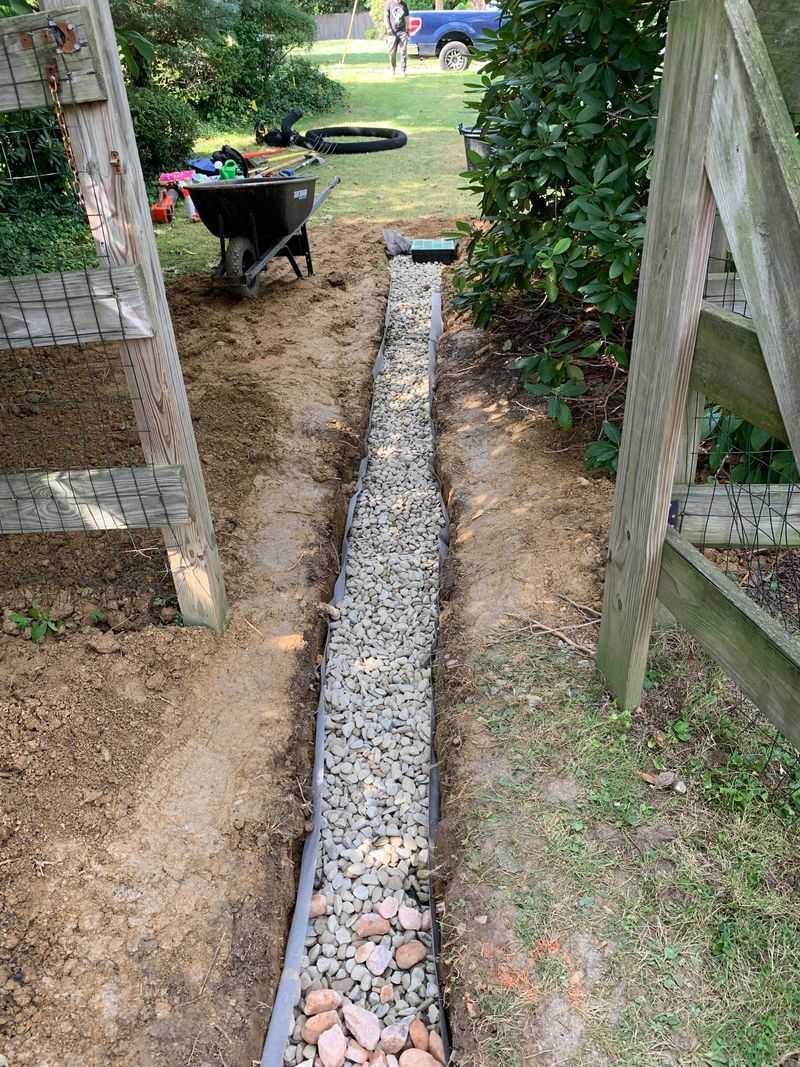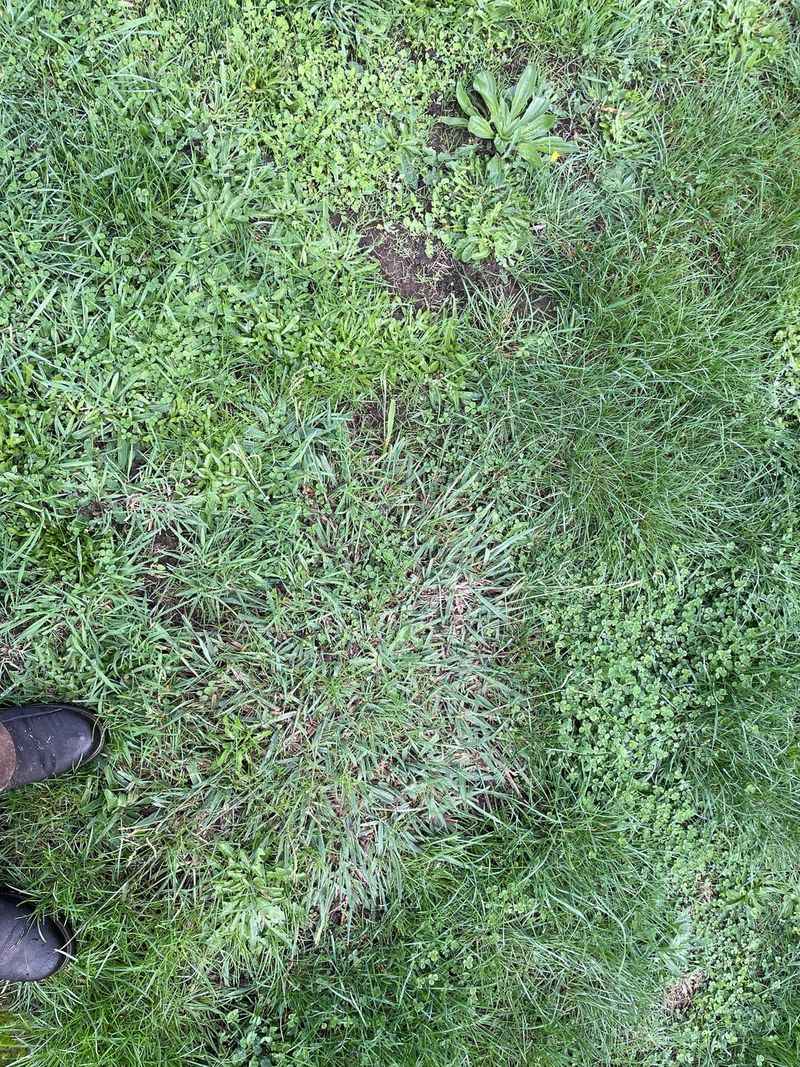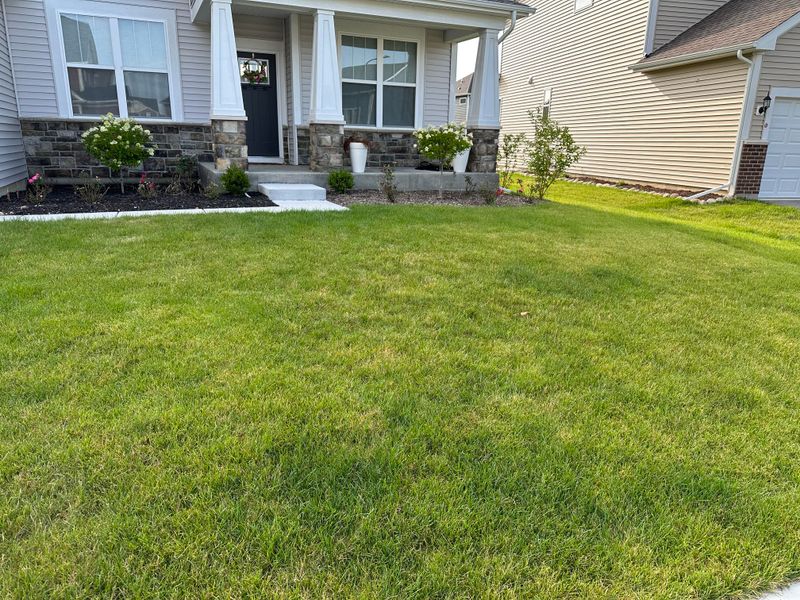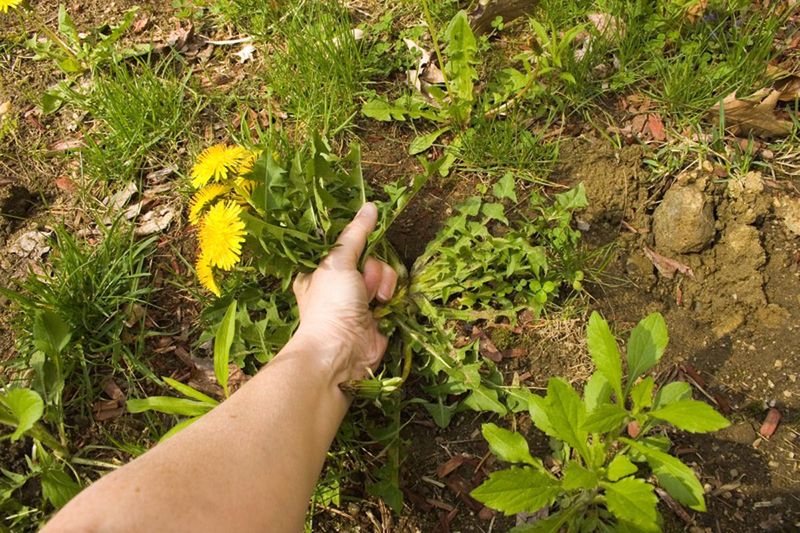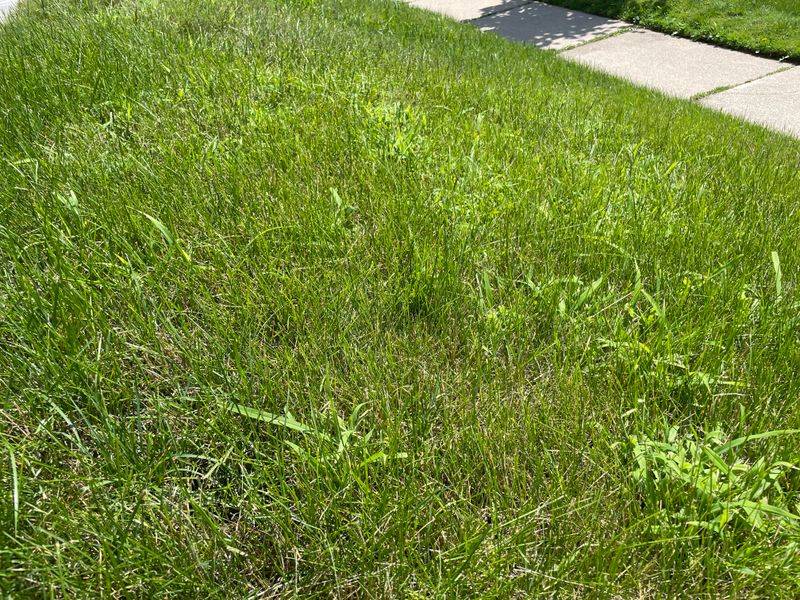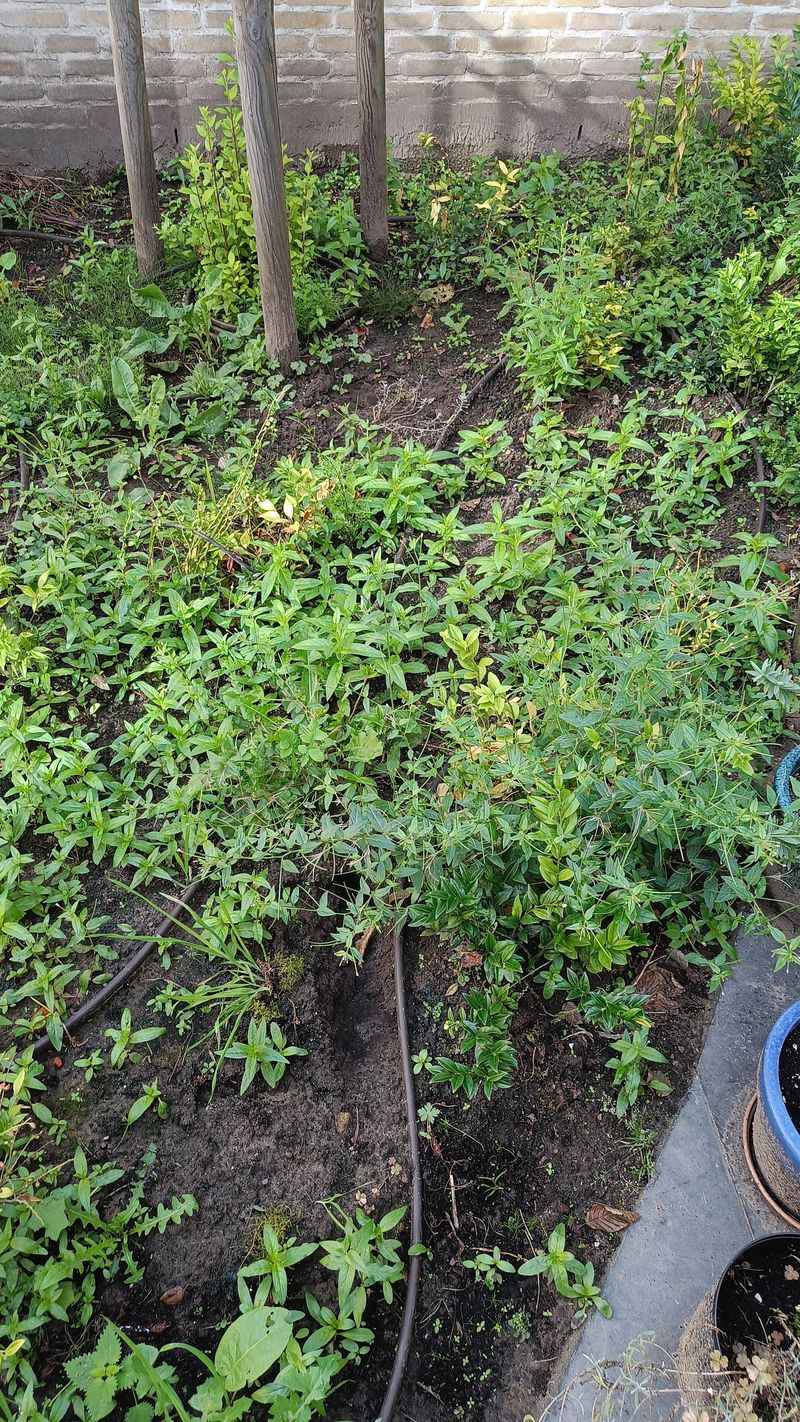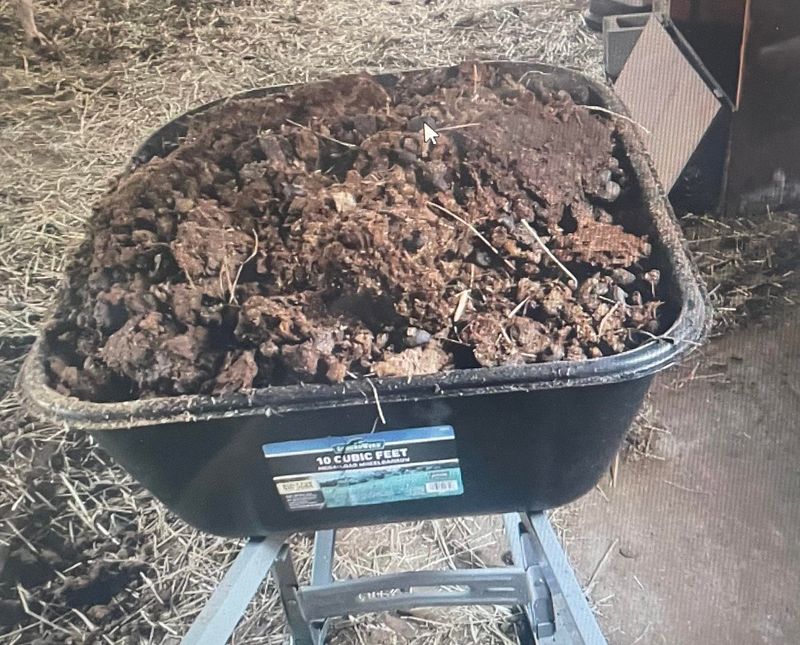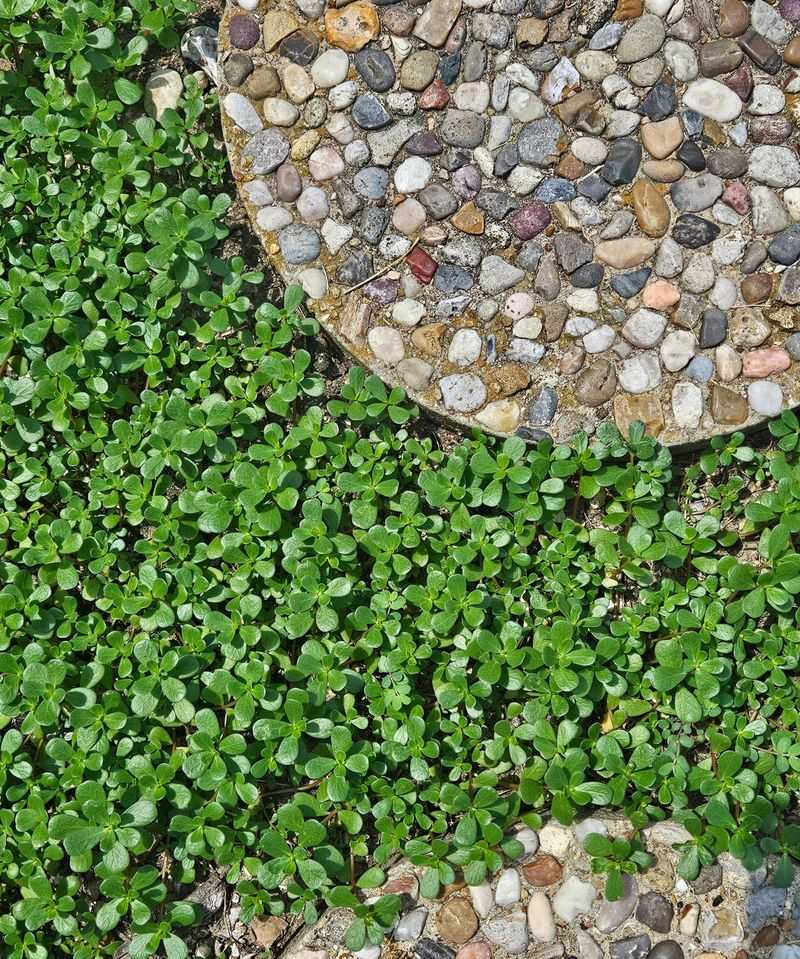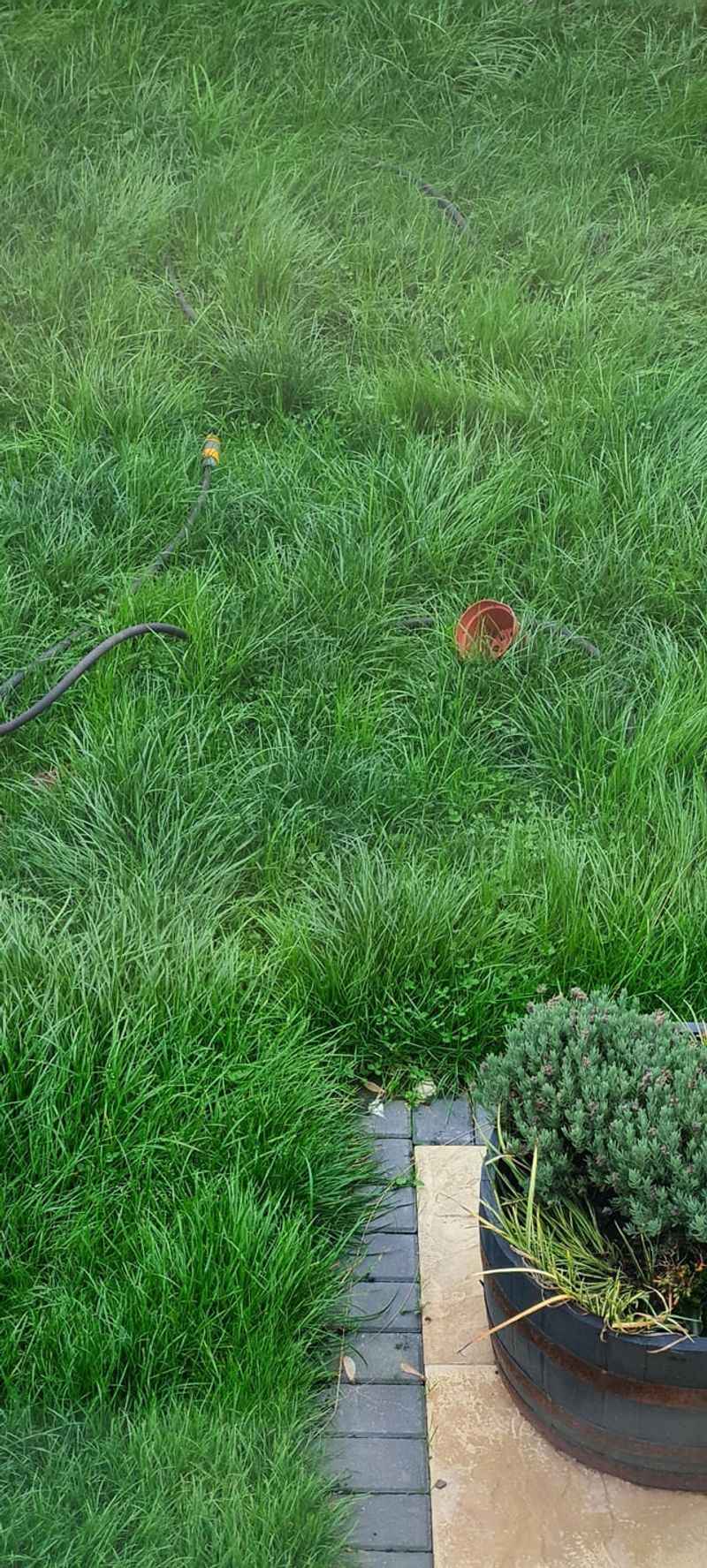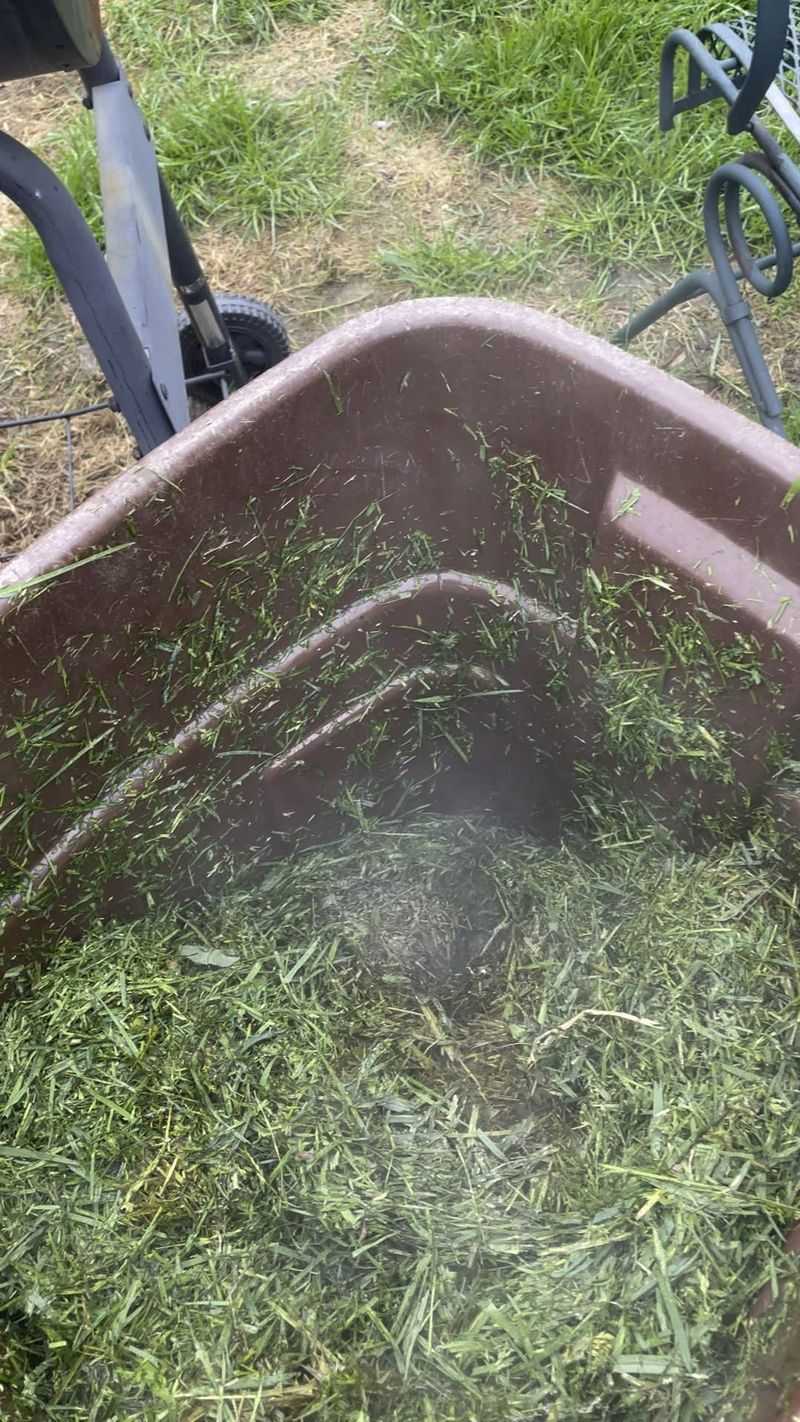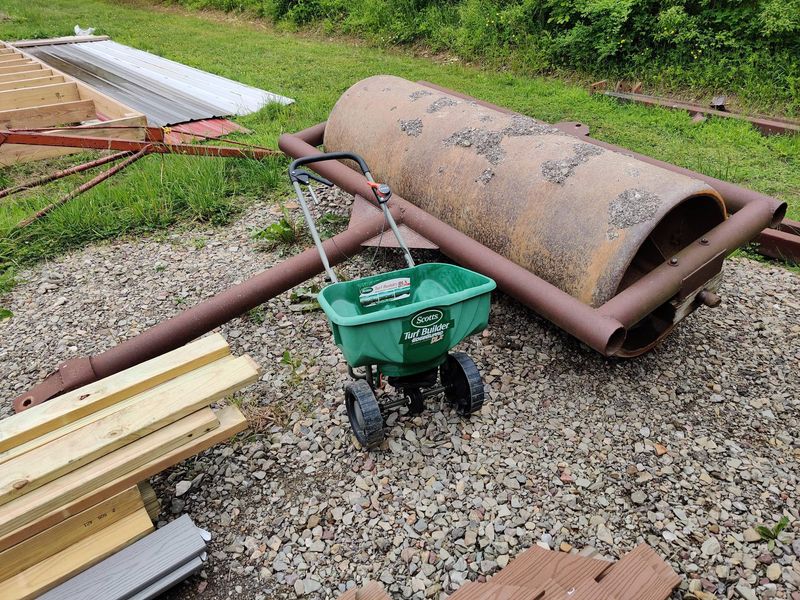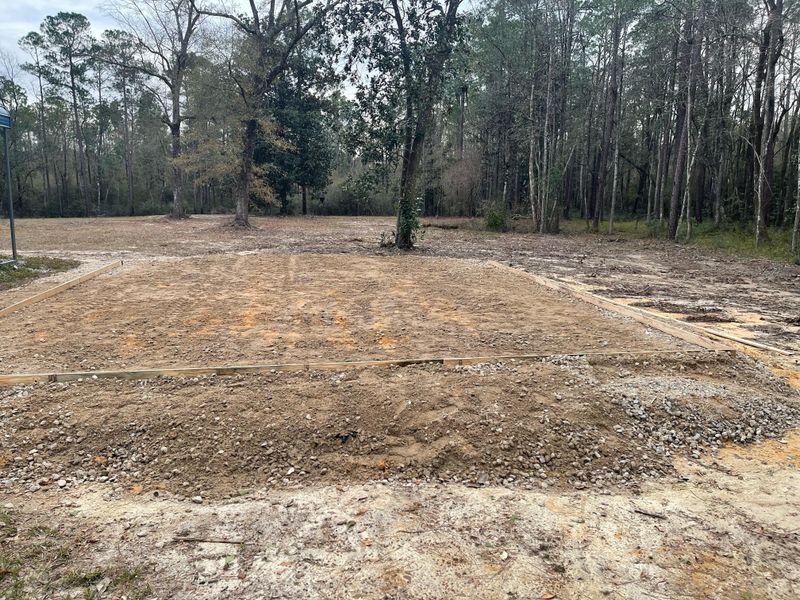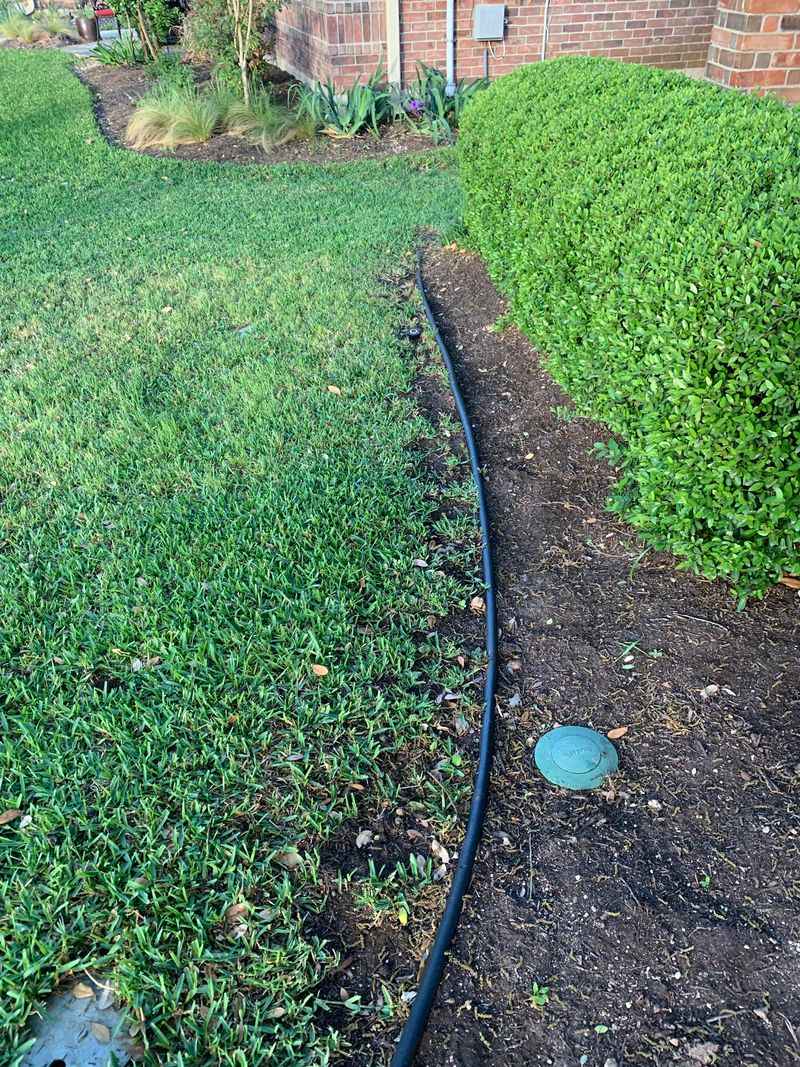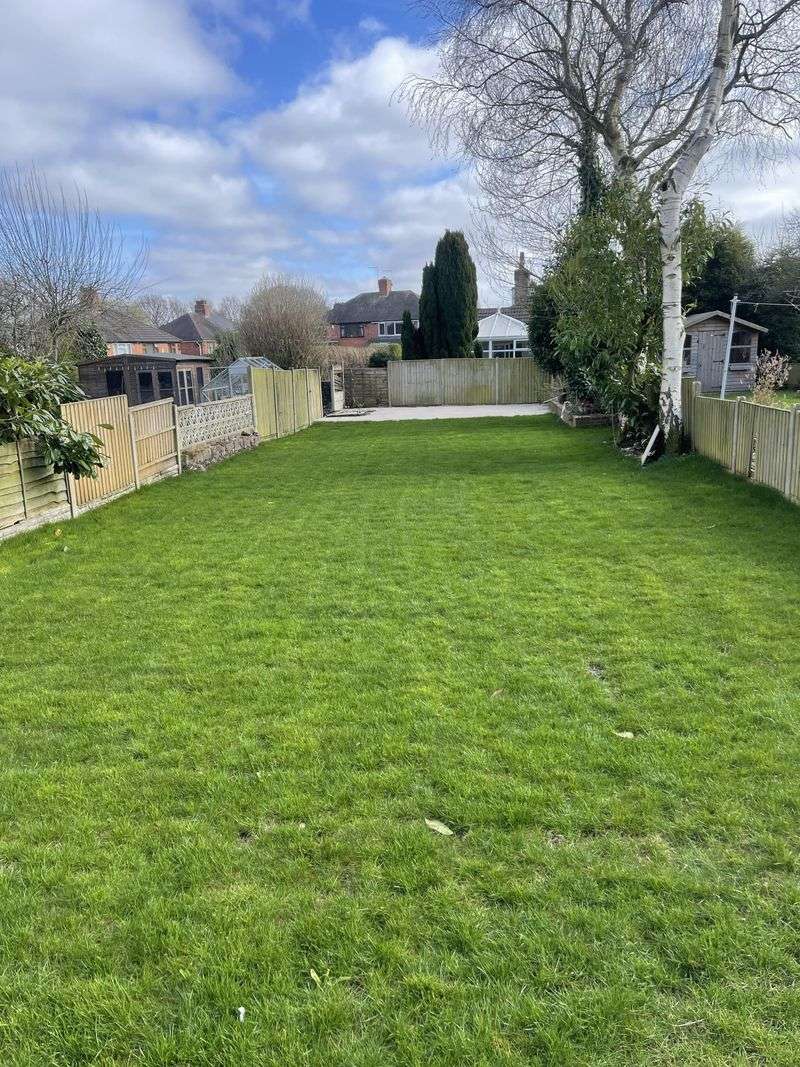A beautiful, weed-free lawn doesn’t have to be a dream—it can be your reality with just a few simple changes! After trying countless tricks myself, I’ve gathered 30 quick and easy tips to help you keep your yard looking its best.
These easy adjustments will not only keep weeds at bay but also boost the overall health of your lawn. No need for harsh chemicals, just smart, eco-friendly practices that work.
Let’s make your lawn the envy of the neighborhood with minimal effort!
1. Keep Your Grass Healthy
A healthy lawn is your first defense against weeds. When grass like Kentucky bluegrass thrives, it grows so thick it leaves no room for weeds to sneak in.
Feed it with the right fertilizers, mow regularly, and water deeply—these little actions give your grass the strength to crowd out the unwanted invaders. Plus, the lush, green look will be a bonus for the eyes!
2. Choose the Right Grass Type
Not all grass is created equal when it comes to resisting weeds. Consider planting fescue or ryegrass, which naturally crowd out weeds by growing thick and lush.
These grasses are perfect for keeping your lawn dense and giving weeds less chance to grow. With the right grass variety, you’ll notice fewer weeds and a healthier lawn all season.
3. Mow High and Often
It’s tempting to mow your grass short, but that can actually invite weeds in. When you mow your grass to a higher setting, it encourages deep root growth, making it harder for weeds to establish themselves.
Tall grass like this shades the soil and keeps weed seeds from getting the sunlight they need to sprout. Mowing regularly also helps prevent weeds from going to seed and spreading.
4. Water Deeply, Not Frequently
Frequent shallow watering may sound like a good idea, but it can encourage shallow roots and make your lawn more vulnerable to weeds. Watering deeply and less often helps your grass roots grow strong and deep, while making it harder for weeds to get a foothold.
Grass like fescue, for example, loves a deep soak. With this simple trick, your lawn becomes a weed-resistant powerhouse.
5. Use Mulch in Garden Beds
Mulch does wonders for keeping weeds at bay in garden beds. It creates a natural barrier that suffocates weeds while holding moisture for plants like hydrangeas.
A thick layer of mulch will reduce the sunlight that weeds need to grow, effectively preventing them from sprouting. Plus, it gives your garden a neat, tidy look!
6. Aerate Your Lawn
Aerating your lawn may sound like extra work, but it’s a simple trick that pays off in weed prevention. By punching small holes in the soil, you allow air, water, and nutrients to reach the grassroots, making it harder for weeds to compete.
Aeration helps grass like Bermuda thrive and crowd out weed invaders. You’ll be surprised by how much more vibrant your lawn becomes!
7. Apply Pre-Emergent Herbicides
Pre-emergent herbicides work like a secret weapon against weeds before they even start to grow. When applied at the right time, they create a barrier in the soil that prevents weed seeds from germinating.
For example, crabgrass and other common weeds can’t establish themselves in the presence of these herbicides. Timing is key, though, so be sure to apply before the weeds appear!
8. Avoid Over-Fertilizing
It’s easy to think that the more fertilizer, the better, but over-fertilizing can actually make your lawn more susceptible to weeds. Too much fertilizer encourages rapid grass growth, which can lead to weak spots that weeds can take advantage of.
The best way to fertilize is with a balanced approach, giving your lawn the nutrients it needs without inviting trouble. A healthy balance will allow your grass to outcompete those pesky invaders.
9. Don’t Ignore Weed Spotting
Spotting weeds early is one of the best things you can do to prevent them from spreading. Even if you only see a few dandelions popping up, get rid of them before they go to seed.
By removing weeds early, you stop them from spreading their seeds all over your lawn and creating more problems. Regularly checking your lawn and pulling weeds by hand is an easy way to keep them in check.
10. Use Organic Weed Control
If you’re into organic gardening, you can still tackle weeds without resorting to harsh chemicals. Natural methods like vinegar or corn gluten meal are effective at killing weeds without harming the environment.
Organic weed control is not only eco-friendly, but it’s also safe for your pets and kids to play around. Plus, it leaves your lawn feeling fresh and chemical-free!
11. Keep Lawn Clippings On Your Grass
Leaving lawn clippings on your grass isn’t just lazy—it’s actually a great way to improve the health of your lawn. Grass clippings break down and return nutrients to the soil, helping your lawn stay strong and healthy.
The healthier your lawn, the harder it is for weeds to take over. It’s a win-win for both your lawn and the environment!
12. Reseed Bare Spots
Bare patches in your lawn are prime real estate for weeds. By reseeding these spots, you can fill in the gaps and prevent weeds from finding their way in.
Grass like ryegrass will quickly fill in these patches, ensuring a full, thick lawn that leaves no room for weeds to settle. A little effort to reseed goes a long way in keeping your lawn lush and weed-free.
13. Try a Weed Torch
A weed torch might sound a little extreme, but it’s actually a pretty fun way to get rid of those stubborn weeds. This tool uses heat to scorch weeds, killing them without the need for chemicals.
It’s perfect for driveways or areas where grass doesn’t grow but weeds love to pop up. A quick pass with the torch, and those weeds will be toast!
14. Use a Weed Barrier Fabric
For areas where weeds are particularly persistent, a weed barrier fabric can make a huge difference. By laying down a heavy-duty fabric before planting, you block the light from reaching weed seeds, preventing them from sprouting.
It’s perfect for flower beds or vegetable gardens where weeds love to sneak in. After laying the fabric, just cover it with mulch for a weed-free, low-maintenance garden!
15. Keep Garden Tools Clean
Weeds can spread quickly when garden tools aren’t properly cleaned. When you use tools like a rake or shovel in one area, weed seeds can cling to them and transfer to other spots.
Make it a habit to clean your tools after each use to avoid spreading weeds all over your yard. This small step will help keep your lawn and garden tidy and free from unwanted growth.
16. Use Boiling Water
Boiling water might sound like a simple solution, but it’s surprisingly effective for killing weeds. Pouring boiling water over weeds will scald them to the point of no return, causing them to wither and die.
It’s especially helpful for weeds that have sprouted in cracks between your patio or driveway. Just be careful not to spill on your plants—it’s all about precision!
17. Plan for Proper Drainage
Waterlogged soil can create the perfect breeding ground for weeds, so it’s essential to ensure proper drainage. When water doesn’t drain well, weeds like moss and clover can thrive in soggy conditions.
By addressing drainage issues, you’re setting your lawn up for success, making it harder for weeds to establish themselves. Healthy soil leads to a healthier lawn, and a healthier lawn means fewer weeds!
18. Treat Weeds with Salt
For stubborn weeds in cracks and crevices, salt can be a handy (yet natural) remedy. When sprinkled on weeds, salt dehydrates them, causing them to die off.
It’s a great solution for weeds in areas like driveways or between pavers where grass can’t compete. Just be cautious around plants you want to keep, as salt can affect the surrounding soil.
19. Keep an Eye on Soil pH
The right soil pH is crucial for keeping your lawn healthy and weed-free. When your lawn’s pH is off, weeds like clover and dandelions have a much easier time thriving.
Test your soil every season to ensure it’s balanced, and amend it with lime or sulfur if needed. A well-balanced pH creates a healthy environment for grass and a tough one for weeds.
20. Hand-Pull Weeds Regularly
Sometimes, the best way to get rid of weeds is the old-fashioned way—by hand. Weeding by hand can be a little time-consuming, but it’s also one of the most effective methods for getting rid of pesky weeds.
The key is to pull them out by the root to ensure they don’t grow back. Plus, it’s a great way to get some fresh air and enjoy a bit of time in the garden!
21. Use Herbicide as a Last Resort
Herbicide should be a last resort, but when you’ve got a serious weed problem, it might be the only solution. Choose a selective herbicide that targets specific weeds without harming your grass.
Apply it carefully, following instructions to avoid damage to your lawn. Using herbicide sparingly can help eliminate tough weeds without harming your lawn in the long run.
22. Remove Weeds Before They Flower
It’s crucial to catch weeds before they start flowering. Once weeds like dandelions bloom, they go to seed, and those seeds can spread all over your yard.
By pulling weeds early, you stop them from propagating and ensure they don’t take over your lawn. Be vigilant and get rid of weeds as soon as you see them!
23. Add Compost to Improve Soil Health
Healthy soil is less likely to support weeds, and compost is an easy way to boost your soil’s health. Adding a layer of compost each season will improve soil structure and create a nutrient-rich environment for your lawn.
When the soil is strong and healthy, grass will have an easier time growing, and weeds won’t stand a chance. It’s an investment that pays off in lush, vibrant greenery!
24. Prevent Weeds with Ground Covers
Ground covers are a smart way to prevent weeds from taking over your garden beds. Plants like creeping thyme or clover spread quickly and form a dense mat that keeps weeds from sprouting.
Not only do they look great, but they also provide natural weed control without any chemicals. Plus, they’re low-maintenance once they’re established!
25. Avoid Traffic on Wet Grass
Walking on wet grass can damage your lawn and provide a perfect opportunity for weeds to take root. When the soil is soggy, it’s easier to compact, which makes it harder for grass to grow and easier for weeds to settle in.
If you can, avoid walking on your lawn after heavy rain, or use a path to limit damage. This simple step will give your lawn the best chance to thrive!
26. Recycle Lawn Clippings for Soil Health
Instead of bagging your lawn clippings, consider using them as mulch. Grass clippings provide valuable nutrients for your soil and help retain moisture.
As they break down, they add organic matter to the soil, encouraging healthy grass and keeping weeds at bay. It’s an easy way to keep your lawn healthy without wasting the clippings!
27. Use a Lawn Roller
For lawns that have developed uneven spots, using a lawn roller can help. By rolling your lawn, you level out the soil, which can help grass grow more evenly.
The more evenly your grass grows, the less space there is for weeds to creep in. This also helps water and nutrients to reach all areas of your lawn!
28. Avoid Soil Compaction
Soil compaction is one of the biggest enemies of a healthy lawn. When the soil is too compacted, air, water, and nutrients can’t reach the grass roots, and weeds can take over.
Aerate regularly to loosen compacted soil and ensure your grass gets the nourishment it needs. A well-aerated lawn is much more resilient against weeds.
29. Use Lawn Edging
Lawn edging isn’t just for decoration—it helps keep weeds out of your lawn. By installing physical barriers along the edges of your lawn, you prevent weeds from spreading into your flower beds or garden.
This simple step helps define the boundaries of your lawn and keeps unwanted growth in check. Plus, it makes your yard look neat and tidy!
30. Stay Consistent with Maintenance
The best way to keep weeds under control is by staying consistent with lawn maintenance. Regularly mowing, watering, and aerating keeps your lawn strong and less vulnerable to weed invasions.
Keeping up with small tasks throughout the season makes it easier to maintain a beautiful, weed-free lawn all year long. The more effort you put in now, the less work you’ll have later!

